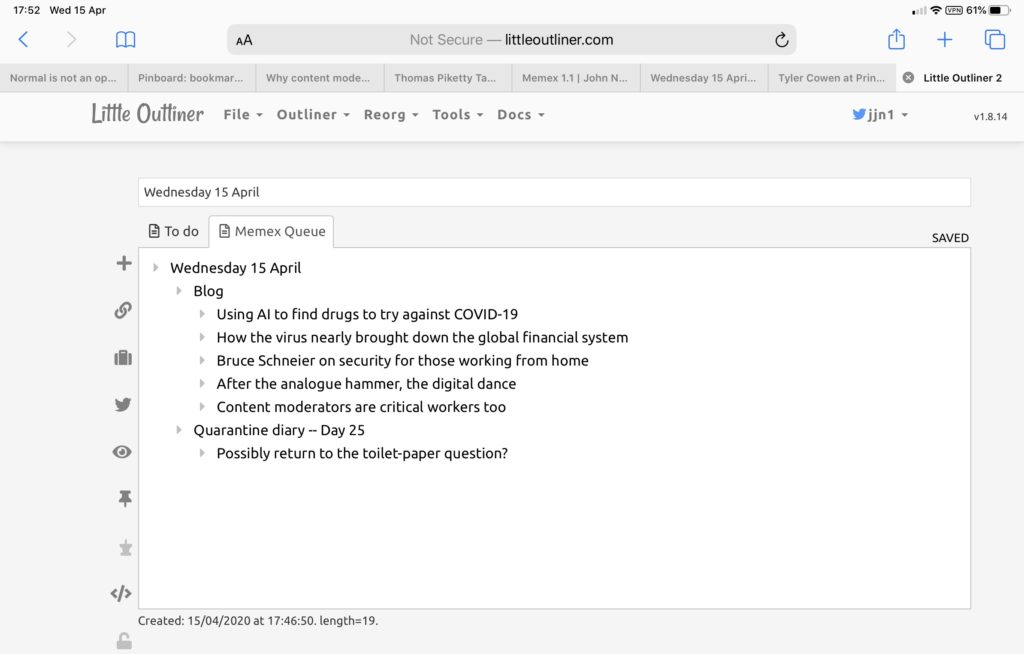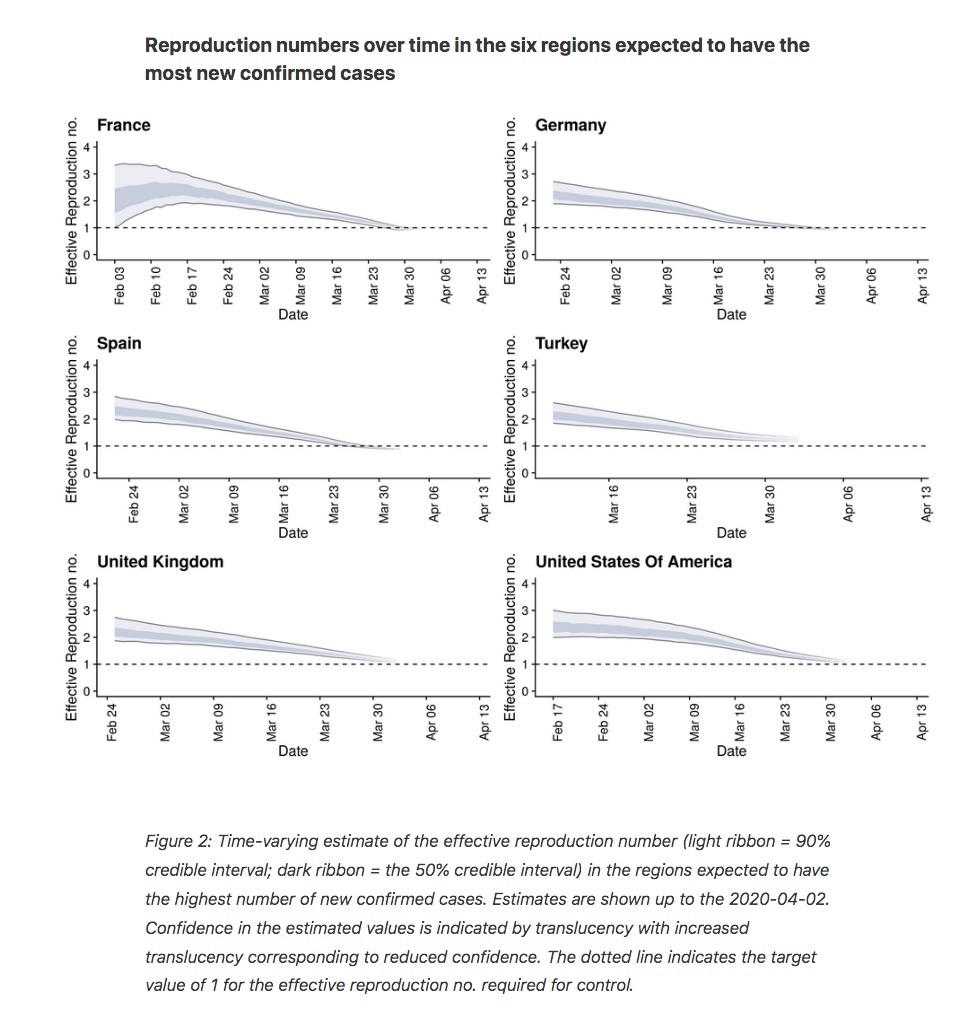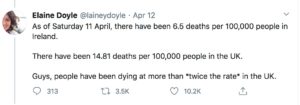This morning Elsie Pinniger, my mother-in-law and Grandma to two of my children, succumbed to Covid-19 in hospital in Stoke-on-Trent. She was a sweet, cheery, feisty soul, and it was awful to think of her dying alone, though it seems that she slipped peacefully away. This is such an inordinately cruel disease because it prevents family members being with their loved ones at the end. But it’s also very hard on the nurses who in addition to providing professional care become the humans who hold the hands of patients coming to the end. I’ve seen so many accounts of nurses who are distressed by being the ones who hold a mobile phone close to a patient who is saying goodbye to those s/he has loved. This afternoon, looking through all the family photographs I have, I found this one of Elsie as a lovely young woman around the time of her marriage to Gordon, who died some years ago.
May she rest in peace.
No exit via the app store
The The UK Government and NHSX are looking to smartphone-based proximity-sensing technologies to provide an exit from COVID-19 emergency lockdown measures. The Ada Lovelace Institute has done an impressive (and rapid) inquiry into whether such measures would be be safe, fair and equitable.
Summary of their findings
-
There is an absence of evidence to support the immediate national deployment of symptom tracking applications, digital contact tracing applications and digital immunity certificates.
-
Effective deployment of technology to support the transition from the crisis will be contingent on public trust and confidence, which can be strengthened through the establishment of two accountability mechanisms: the Group of Advisors on Technology in Emergencies (GATE) to review evidence, advise on design and oversee implementation; and an independent oversight mechanism to conduct real-time scrutiny of policy formulation.
-
Clear and comprehensive primary legislation should be advanced to regulate data processing in symptom tracking and digital contact tracing applications. Legislation should impose strict purpose, access and time limitations.
-
Until a robust and credible means of immunity testing is developed, focus should be on developing a comprehensive strategy around immunity that considers the deep societal implications of any immunity certification regime, rather than on developing digital immunity certificates.
-
Full and robust Parliamentary scrutiny and legislation will be crucial for any future regime of immunity testing and certification.
-
Technical design choices should factor in privacy-by-design and accessibility features and should be buttressed by non-technical measures to account for digital exclusion.
The most important point IMHO is that any deployment of this technology has to be authorised not by a ministerial order but by Parliament in the form of a new bill which has a sunset clause and periodical reviews built into the legislation.
Marc Andreessen on the need to build
Marc Andreessen is the guy who, while still a student, was largely responsible for bringing what had hitherto been a playground for geeks — the Internet — into the mainstream. He did this by creating (with Eric Bina) the first real web browser, Mosaic, and then co-founding Netscape. Some years later he became a successful Silicon Valley venture capitalist.
He’s a thoughtful,perceptive, opinionated chap, and every so often produces a think-piece which seems to have a lot of influence on how people think about tech. Some years ago, for example, he published “Why software is eating the world”. Now, stunned by the Coronavirus disaster, he’s taken up his word-processor again with an essay entitled “It’s Time to Build”. Here’s the opener:
Every Western institution was unprepared for the coronavirus pandemic, despite many prior warnings. This monumental failure of institutional effectiveness will reverberate for the rest of the decade, but it’s not too early to ask why, and what we need to do about it.
Many of us would like to pin the cause on one political party or another, on one government or another. But the harsh reality is that it all failed — no Western country, or state, or city was prepared — and despite hard work and often extraordinary sacrifice by many people within these institutions. So the problem runs deeper than your favorite political opponent or your home nation.
Part of the problem is clearly foresight, a failure of imagination. But the other part of the problem is what we didn’t do in advance, and what we’re failing to do now. And that is a failure of action, and specifically our widespread inability to build.
We see this today with the things we urgently need but don’t have…
It’s a good read, and one nods along. But, as Charles Arthur pointed out to me today, it’s really a stump speech rather than a manifesto. Andreessen knows an awful lot about the non-physical, online world where winners take all, marginal costs are near-zero and margins are huge. But in the physical world, where little of that applies, he’s as much of an amateur as the rest of us.
Quarantine diary — Day 32
This blog is now also available as a once-a-day email. If you think this might work better for you why not subscribe here? (It’s free and there’s a 1-click unsubscribe if you subsequently decide you need to prune your inbox!) One email a day, in your inbox at 07:00 every morning.






